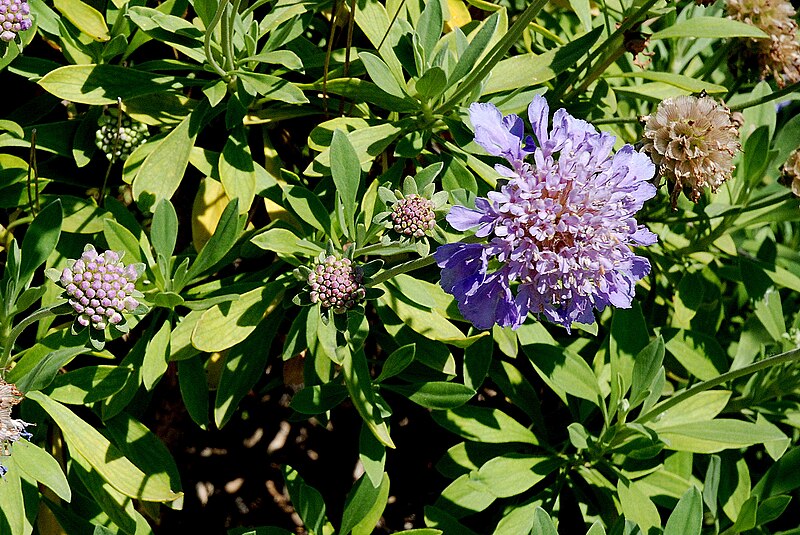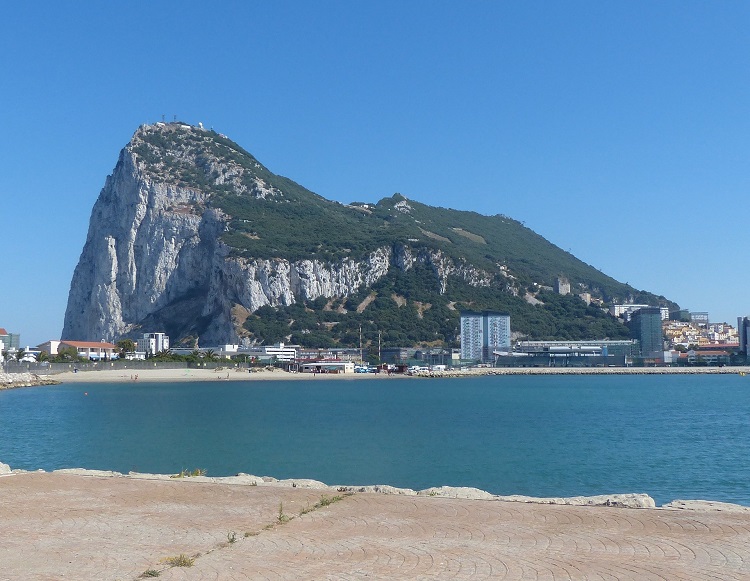Basque erramu-igande 'Palm Sunday'1, is a compound from erramu 'bay laurel (Laurus nobilis)' (with a prothetic e-) and igande 'Sunday'. The
difficulty of procuring palms in unfavorable climates led to their substitution
with branches of native trees (e.g. box, yew, willow, olive), so the Sunday was often designated by their names,
as in Basque, or by the general term Branch Sunday, as in several
Romance languages (e.g. Spanish Domingo de Ramos), whose forms derive
from Latin rāmus 'branch'.
The phonetic similarity between the Basque and the Romance words has lead to
many specialists to derive the former from the latter, which is highly unlikely due to semantic mismatch2. In my opinion, a better parallel would
be the Sicilian phytonym rannu 'Mediterranean
sweet scabious (Scabiosa
atropurpurea)'3, found in the toponym Grotta 'u Rannu
(San Giuseppe Jato)
and apparently derived from Arabic rand 'bay laurel'4, with
assimilation -nd- > -nn-.
On the other hand, Basque basa-erramu 'spindle (Euonymus europaeus)', a compound from basa- 'wild', designates in turn a plant whose fruits (once dried and crushed) were used as insecticide against acari and lice.
On the other hand, Basque basa-erramu 'spindle (Euonymus europaeus)', a compound from basa- 'wild', designates in turn a plant whose fruits (once dried and crushed) were used as insecticide against acari and lice.
________________________
1 There's also erramu-egun, a compound from egun 'day'.
2 There's, however, a homonymous (although minoritary) erramu 'oar', which
derives from Latin rēmus.
3 Widespread in the Mediterranean area, this species is also known
as Scabiosa cretica. The Latin name alludes to the medical properties of
the plant, used for curing scabies,
a skin disease caused by a species of mite.
4 R.A. Hall (1974): External History of The Romance Languages,
p. 97.



